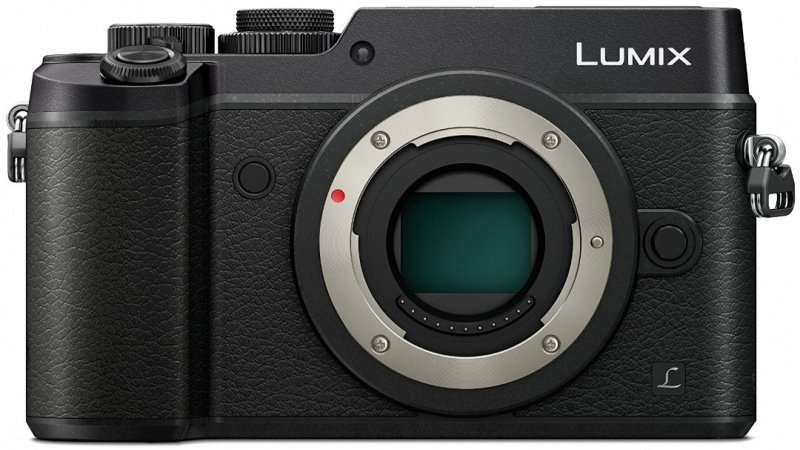Panasonic Lumix DMC-GX8 Specs and Scores

The Panasonic Lumix DMC-GX8 receives a score of 63 out of 100. This mirrorless camera was announced on July 16, 2015, and released in the same year with a launch price of $1200. Measuring 133 x 78 x 63mm and weighing 487g (1.07 lbs), the DMC-GX8 has a compact design. Although it was released six years ago, the specifications remain competitive in today’s market, providing good value for photography enthusiasts. The DMC-GX8 is a reliable camera choice for those seeking a mix of quality and affordability.
Panasonic Lumix DMC-GX8 Overview and Optics
The Panasonic Lumix DMC-GX8 receives a score of 65/100 for its optics. This camera features a 20.3-megapixel CMOS sensor with a Venus Engine processor, which work together to deliver high-quality images. Its shooting speed of 10 frames per second is suitable for capturing fast-moving subjects. The camera has a DXOMARK sensor score of 75, indicating decent performance.
The Lumix DMC-GX8 utilizes a Micro Four Thirds sensor size and Micro 4/3 lens mount, providing users with a wide range of lens options. Its built-in image stabilization ensures sharp images, even in challenging shooting conditions. The 4:3 aspect ratio is a common format for still photography.
When compared to other cameras in today’s market, the Panasonic Lumix DMC-GX8’s optics offer a solid performance. The camera’s specifications make it a suitable choice for photographers who value portability and versatility.
Panasonic Lumix DMC-GX8 Video Performance
The Panasonic Lumix DMC-GX8 receives a video score of 70 out of 100. This camera boasts a maximum video resolution of 4K, with dimensions of 3840 x 2160, providing crisp and detailed footage. The camera also offers a maximum frame rate of 25fps, which is suitable for capturing smooth motion in videos.
In today’s market, the 4K video resolution is a standard feature, making the Lumix DMC-GX8 competitive with other cameras in its class. The built-in time-lapse functionality adds an appealing option for creative videography, allowing users to capture stunning sequences with ease.
The Lumix DMC-GX8’s video capabilities are solid, and the camera holds its own in the current market. With 4K resolution, 25fps, and time-lapse functionality, it provides users with a reliable option for capturing high-quality videos.
Panasonic Lumix DMC-GX8 Features and Benefits
The Panasonic Lumix DMC-GX8 receives a feature score of 70/100. This camera comes with a 3-inch screen size and a screen resolution of 1040000 dots, ensuring clear image previews. The touchscreen capability allows users to navigate menus and controls with ease, while the flip screen provides flexibility for various shooting angles.
Despite lacking GPS functionality, the DMC-GX8 does have WIFI, offering convenient wireless connectivity for transferring images and remote camera control. However, it does not have Bluetooth capabilities. When comparing these features to other cameras in today’s market, the DMC-GX8 holds its own, providing a solid user experience without overly advanced or unnecessary features.
The Panasonic Lumix DMC-GX8’s features cater to a wide range of users, from casual photographers to more serious enthusiasts. While it may not have the highest feature score, it still offers a reliable and user-friendly experience for those seeking a versatile camera.
Panasonic Lumix DMC-GX8 Storage and Battery
The Panasonic Lumix DMC-GX8 receives a storage and battery score of 21/100. It has one memory card slot, accommodating SD, SDHC, and SDXC cards. The camera’s battery life lasts for 330 shots, utilizing a DMW-BLC12 battery type. Unfortunately, this model does not support USB charging.
In today’s market, the GX8’s storage and battery specifications are not highly competitive. A single memory card slot and lack of USB charging may limit the camera’s appeal for some users. The battery life of 330 shots is also below average when compared to other cameras in its class. Thus, potential buyers should consider these factors when evaluating the Lumix DMC-GX8.
